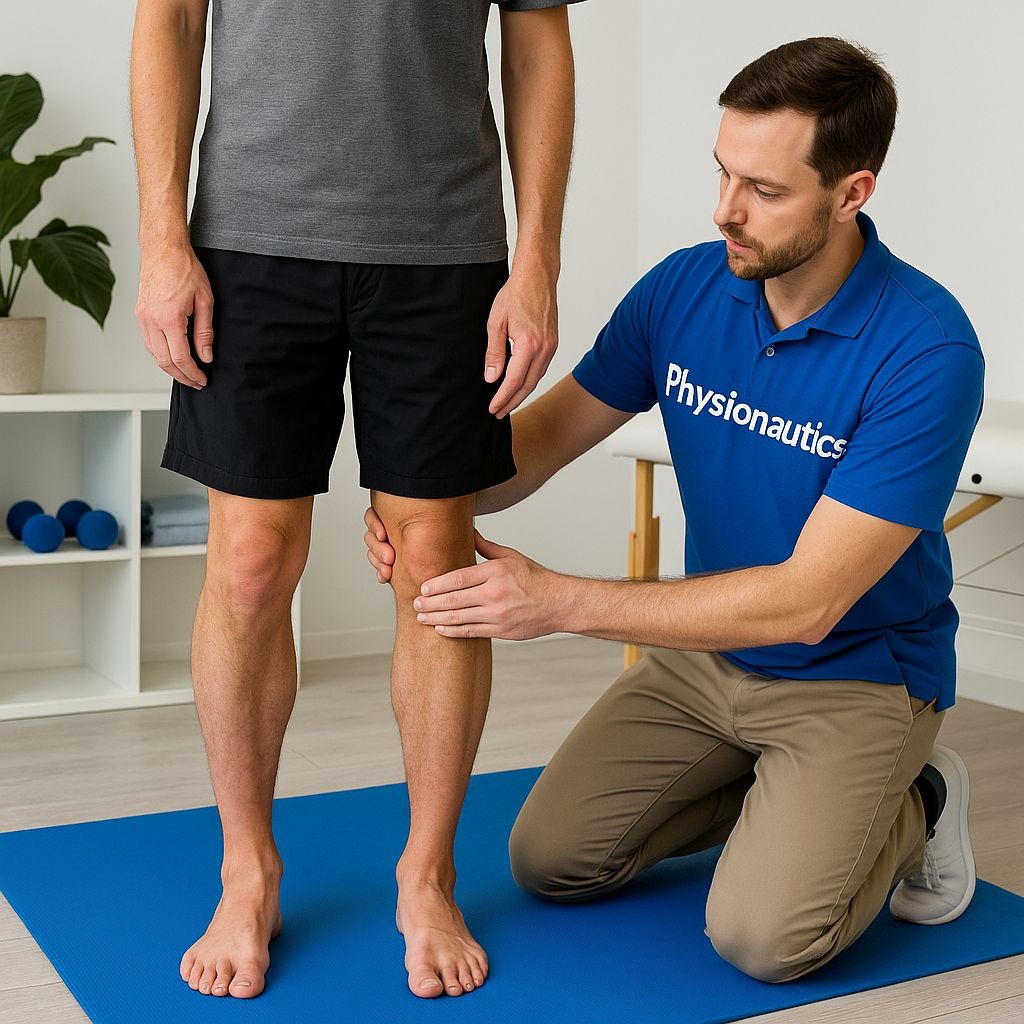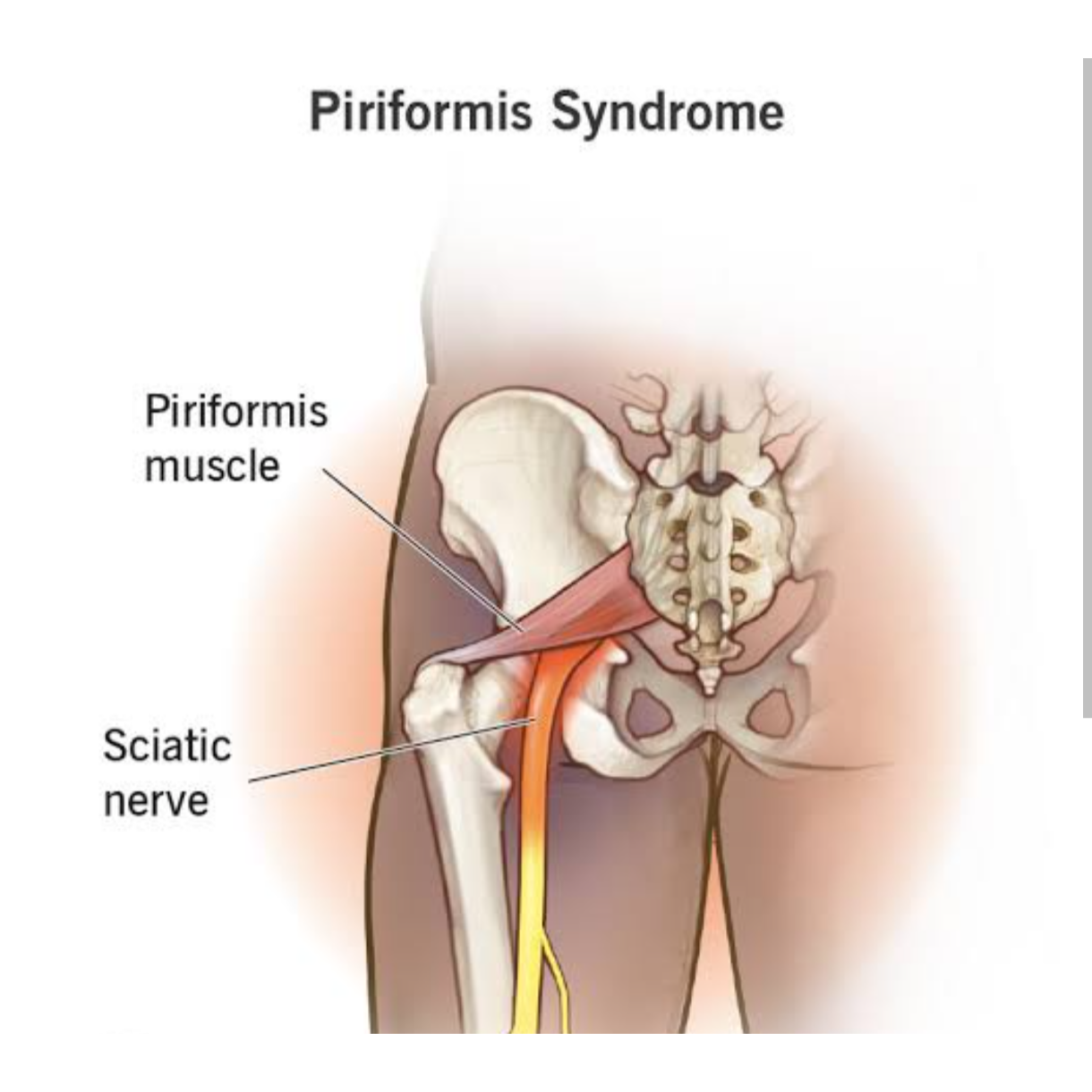



Best Physiotherapy Treatment for Piriformis Syndrome. Piriformis syndrome, often presenting as sciatica or buttock pain, arises from the compression of the sciatic nerve by the piriformis muscle. Physiotherapy plays a crucial role in managing this condition, focusing on pain relief, improving mobility, and preventing recurrence. The primary goals of physiotherapy are to reduce pain and inflammation, improve flexibility, increase strength, and develop endurance. Physiotherapy management typically involves a multi-faceted approach:A thorough assessment is the first step. This involves a detailed history, physical examination, and potentially, imaging tests to rule out other causes of pain. 2. Pain and Inflammation Control: Techniques like massage, ultrasound, and heat or ice therapy are used to reduce pain and inflammation. 3. Patient Education: Educating the patient about proper posture, body mechanics, and lifestyle modifications is crucial to prevent symptom recurrence. This includes avoiding prolonged sitting and activities that aggravate the condition. 3. Flexibility Exercises: Stretching exercises are a cornerstone of treatment. These aim to improve the flexibility of the piriformis muscle and surrounding muscles. Examples include: • Piriformis stretches: Various stretches can be employed, including the seated piriformis stretch and stretches involving hip flexion, adduction, and internal rotation. • Reciprocal Inhibition: This technique involves contracting hip flexors to relax the piriformis muscle. • Post-Isometric Relaxation (PIR): PIR involves contracting the piriformis muscle for a specific time followed by a passive stretch. 4. Strengthening Exercises: Weakness in hip abductors is often associated with piriformis syndrome. Strengthening exercises target the hip abductors and extensors to improve overall hip and leg function. 6. Nerve Mobilization: Nerve gliding and nerve tensioning techniques may be used to address nerve irritation. 7. Manual Therapy: Techniques like myofascial release and deep tissue massage can help to reduce muscle tightness and irritation of the sciatic nerve. Other therapies that may be incorporated include: • Transcutaneous Electrical Nerve Stimulation (TENS): TENS can be used to send small electrical charges to the nerves to help with pain relief. • Shock Wave Therapy: Radial extracorporeal shock wave therapy has emerged as a nonoperative treatment option. The recovery phase involves gradually increasing strengthening activities. As the patient becomes asymptomatic, they can begin light sport-specific activities and functional training. A home exercise program, including stretching and strengthening exercises, is crucial for long-term management and preventing recurrence. The most effective physiotherapy management for piriformis syndrome involves a combination of these approaches, tailored to the individual patient's needs and symptoms.
We hate spam too.